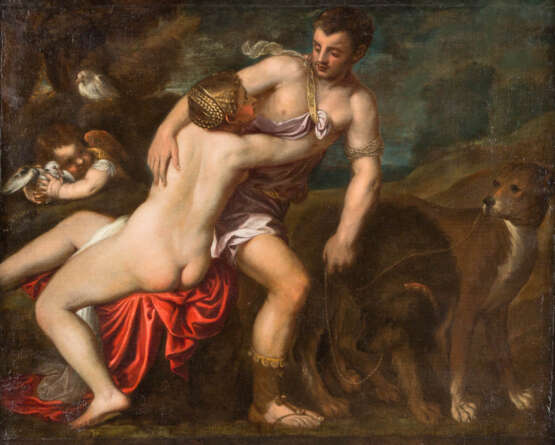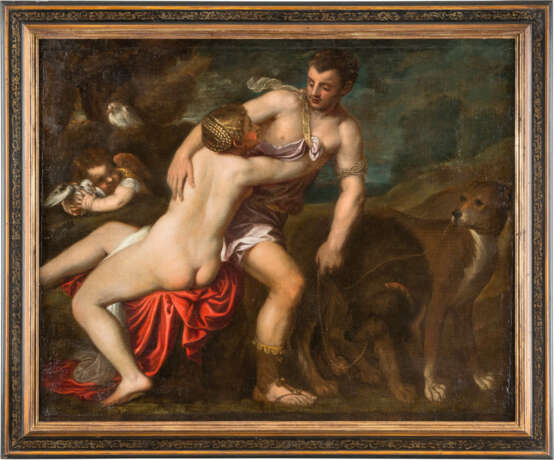ID 224480
Lot 2025 | VENUS UND ADONIS
Estimate value
€ 10 000 – 20 000
| Auction house category: | Old Master Paintings |
|---|
| Auction house category: | Old Master Paintings |
|---|
| Address of auction |
Hargesheimer Kunstauktionen Düsseldorf Friedrich-Ebert-Strasse 11+12 40210 Düsseldorf Germany | ||||||||||||||
|---|---|---|---|---|---|---|---|---|---|---|---|---|---|---|---|
| Preview |
| ||||||||||||||
| Phone | +49 (0) 2113020010 | ||||||||||||||
| Fax | +49 (0) 21130200119 | ||||||||||||||
| Buyer Premium | 28.56% | ||||||||||||||
| Conditions of purchase | Conditions of purchase | ||||||||||||||
| Shipping |
Postal service pickup by yourself | ||||||||||||||
| Payment methods |
Wire Transfer | ||||||||||||||
| Business hours | Business hours
|





